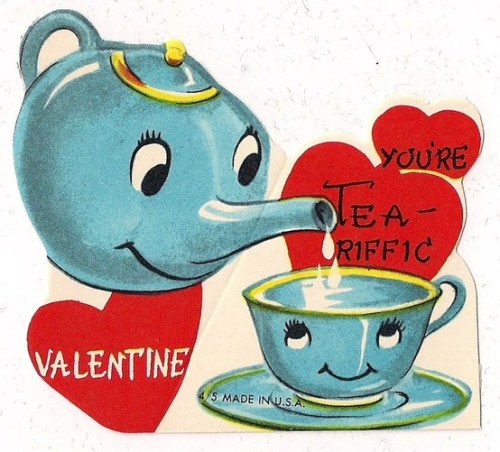With all this attention to green holiday gifts, it seemed time to address the wrapping.
The practice of wrapping gifts in paper began modestly enough, as people around the world utilized cloth, brown paper, even wallpaper, to disguise their gifts. Hallmark is credited with creating the current gift-wrap industry, which earth911 tells us accounts for as much as half of the 85 million tons of paper products Americans consume every year. Wrapping paper and shopping bags alone account for about 4 million tons of trash annually in the U.S., and the vast majority of that is generated during the holiday season. In addition, they note that the act of recycling wrapping paper presents more challenges than we might think.
Now, the good news: There are lots of alternative wrapping ideas worth exploring, many of which are as creative and fun (some perhaps more so) than traditional wrapping.

Green Wrapping Ideas
Furoshiki — This long-time Japanese practice of wrapping gifts in cloths. Presents are wrapped in lovely fabrics, ranging from traditional Japanese fabrics and designs to silk, cotton and designs that are modern and retro, all of which can be used over and over. The wrappings and decorations themselves can also be quite elaborate and pretty. This method requires no cutting, only wrapping and knotting, so that it is also practical and sturdy. You may have scrap fabric you can wrap with at home. This Furoshiki site has lots of great fabrics to choose from, in a variety of prices, including fabrics by San Francisco design studio, Chewing the Cud.
This video provides a fantastic Furoshiki tutuorial (thank you to Recycle Now). Once you learn this technique, it’s very easy to do. (Click on “Furoshiki gift wrapping”):
Furoshiki gift wrapping from RecycleNow on Vimeo.
The Fabric Society also offers wonderful inspiration, tips and fabric for wrapping with furoshiki.

Clothing – This is really thinking outside the box — why not wrap a present in a fun recycled shirt?

Recycled Paper Items – Fun wrappings can be made from old paper maps, Sunday comic pages, sheet music or tissue sewing patterns. Feeling especially artistic? Decorate paper bags, or easel or other artist paper that you already have on hand. Color, paint, stamp, sticker, create collages from other papers or magazine pictures, dip old cookie cutters in paint to create a unique stamp, or create a decorative paint roller: Glue yarn or string onto a coffee or other can in striped or zig-zag patterns, let dry, paint the string, and roll the wet-painted can onto the paper.


Reusable Bags – If you don’t want to go the wrapping route, there’s still time in this holiday season to buy (or perhaps even make) reusable bags. These fabric bags from Lucky Crow are super-cute and come in a wide variety of styles and sizes. They really solve the problem of wanting to use recyclable wrapping materials, without going the route of a grocery-supplied bag. They work for party favors, too. The Portland, OR-based company also sells its bags in stores. Check their web site for details.

Just as with the wrapping, there’s no need to buy new gift tags. Make your own by cutting rectangles of construction paper and folding them in half. Decorate with paint, stickers, stamps, drawings, glitter, or other items you have on hand. You can also cut up from recycled holiday cards from years past. Tape to the gift or punch a small hole in one corner and tie on with ribbon.
You might also like these Green Holiday Gifts:
Gifts that Help Others
Butterfly Girl Dolls
Homemade Cookies
Root Viewer Garden Kit
Photos: Susan Sachs Lipman, Katorisi, Philip Friedman/Studio D (three photos), Lucky Crow














































































































































